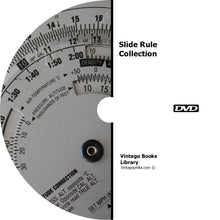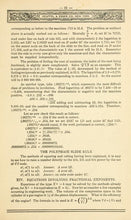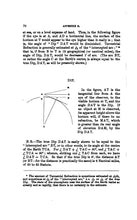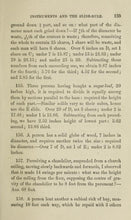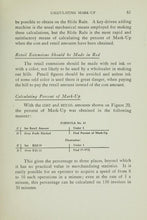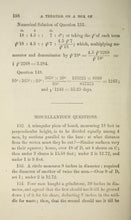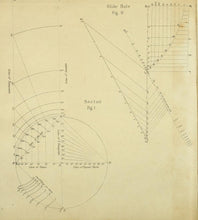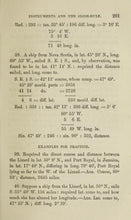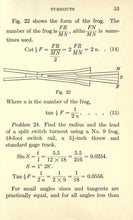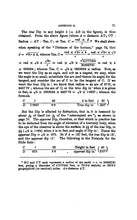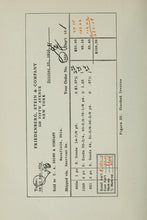
The slide rule is a manual analog device used to solve graphical and mathematical problems. In the US, it is informally regarded to as the Slipstick. In some climes, a slide rule is often compared to nomograms. However, the latter is associated with application-specific calculations while slide rule is mainly adopted for general computations. The mathematical processes that can be solved using a slide rule include division roots, trigonometry, etc. Slide rules are not conventionally designed for addition and subtraction. The original design and appearance of this instrument are similar to a standard ruler, nonetheless, making straight lines and measuring distances is not the primary purpose of slide rules.
This engineering instrument was developed in the 17th century by a team of scholars led by the Reverend William Oughtred; John Napier established the innovation according to his prominent work on logarithms. Prior to the discovery of electronic calculators, slide rules were the commonly used instrument for the fields of science and engineering. The significance of slide rules continued to spread around the world throughout the 1950s and 1960s, even as the development and introduction of computers gradually increased. However, in the mid-1970s, slide rules became outdated due to the mass adoption of the portable electronic scientific calculator.
Most slide rules are designed in a round or straight manner but it also exists in other varied range of styles. Each of them has a uniform set of graduated scales that are important for mathematical calculations. Slide rules are essential instruments for diverse fields and professions such as finance and aviation. Hence, they are usually produced with extra features and scales that assist experts in such fields when computing. Regardless of how archaic slide rules are, they still provide genuine and precise computations. Explore how to use it for your engineering tasks and other related articles on slide rule compiled in this collection.
Take a look at the sample pages taken from just some of these books in the collection.
All of the book titles that are included in this DVD are listed as follows:
The Slide Rule; A Practical Manual (1903) - 130 Pages
A Treatise on a Box of Instruments and the Slide-Rule: For the Use of Gaugers, Engineering, Seamen, and Students (1872) - 266 Pages
The Mannheim Slide Rule; Complete Manual with Tables of Settings, Equivalents and Gauge Points (1909) - 40 Pages
Department Store Statistics with the Aid of the Slide Rule (1914) - 158 Pages
Handbook of the "Double" Slide Rule, Shewing Its Applicability to Navigation (1864) - 188 Pages
The Use of the Slide Rule (1920) - 48 Pages
Slide-Rule Instructor, for Instruction on Chadwick's Improved Slide Rule, Containing New and Important Rules Upon the Present Practice of Engineering, etc. (1893) - 90 Pages
Slide-Rule Notes (1913) - 144 Pages
Solution of Railroad Problems by the Slide Rule (1913) - 156 Pages
The Complete Slide Rule Instructor, Containing Upwards of Three Hundred Questions and Solutions for the Improved Slide Rule (1858) - 93 Pages
The Slide Rule and How to Use It (1896) - 182 Pages
Mensuration and Practical Geometry; Containing Tables of Weights and Measures, Vulgar and Decimal Fractions, mensuration of Areas, Lines, Surfaces, and Solids (1858) - 336 Pages
On the History of Gunter's Scale and the Slide Rule During the Seventeenth Century (1920) - 32 Pages
Hand-Book of the Slide-Rule (1876) - 346 Pages
The Mechanic's Assistant: A Thorough Practical Treatise on Mensuration and the Sliding Rule (1856) - 299 Pages
This engineering instrument was developed in the 17th century by a team of scholars led by the Reverend William Oughtred; John Napier established the innovation according to his prominent work on logarithms. Prior to the discovery of electronic calculators, slide rules were the commonly used instrument for the fields of science and engineering. The significance of slide rules continued to spread around the world throughout the 1950s and 1960s, even as the development and introduction of computers gradually increased. However, in the mid-1970s, slide rules became outdated due to the mass adoption of the portable electronic scientific calculator.
Most slide rules are designed in a round or straight manner but it also exists in other varied range of styles. Each of them has a uniform set of graduated scales that are important for mathematical calculations. Slide rules are essential instruments for diverse fields and professions such as finance and aviation. Hence, they are usually produced with extra features and scales that assist experts in such fields when computing. Regardless of how archaic slide rules are, they still provide genuine and precise computations. Explore how to use it for your engineering tasks and other related articles on slide rule compiled in this collection.
Take a look at the sample pages taken from just some of these books in the collection.
All of the book titles that are included in this DVD are listed as follows:
The Slide Rule; A Practical Manual (1903) - 130 Pages
A Treatise on a Box of Instruments and the Slide-Rule: For the Use of Gaugers, Engineering, Seamen, and Students (1872) - 266 Pages
The Mannheim Slide Rule; Complete Manual with Tables of Settings, Equivalents and Gauge Points (1909) - 40 Pages
Department Store Statistics with the Aid of the Slide Rule (1914) - 158 Pages
Handbook of the "Double" Slide Rule, Shewing Its Applicability to Navigation (1864) - 188 Pages
The Use of the Slide Rule (1920) - 48 Pages
Slide-Rule Instructor, for Instruction on Chadwick's Improved Slide Rule, Containing New and Important Rules Upon the Present Practice of Engineering, etc. (1893) - 90 Pages
Slide-Rule Notes (1913) - 144 Pages
Solution of Railroad Problems by the Slide Rule (1913) - 156 Pages
The Complete Slide Rule Instructor, Containing Upwards of Three Hundred Questions and Solutions for the Improved Slide Rule (1858) - 93 Pages
The Slide Rule and How to Use It (1896) - 182 Pages
Mensuration and Practical Geometry; Containing Tables of Weights and Measures, Vulgar and Decimal Fractions, mensuration of Areas, Lines, Surfaces, and Solids (1858) - 336 Pages
On the History of Gunter's Scale and the Slide Rule During the Seventeenth Century (1920) - 32 Pages
Hand-Book of the Slide-Rule (1876) - 346 Pages
The Mechanic's Assistant: A Thorough Practical Treatise on Mensuration and the Sliding Rule (1856) - 299 Pages










